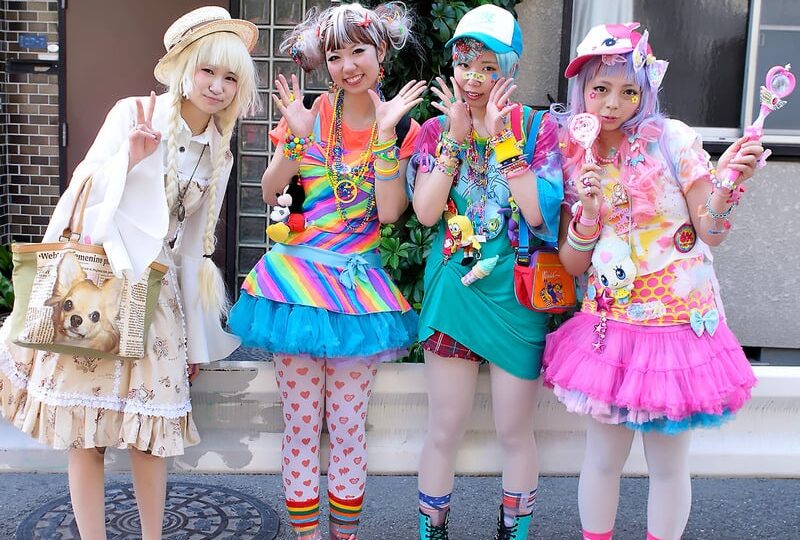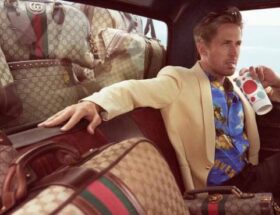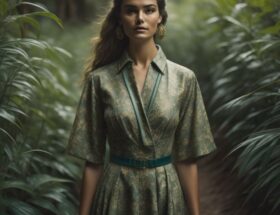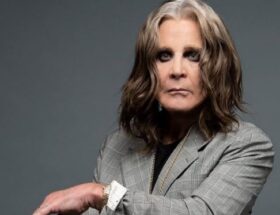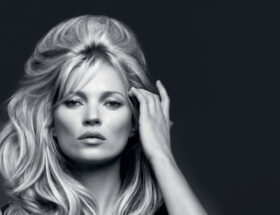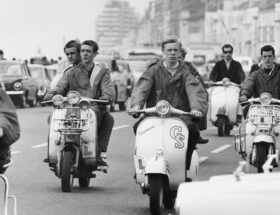- Harajuku: This is a street fashion style that originated in Tokyo’s Harajuku district. It’s known for its vibrant, eclectic, and sometimes over-the-top clothing choices.
- Lolita: Lolita fashion is inspired by Victorian and Rococo-era clothing. It’s characterized by elaborate dresses, skirts, and blouses that are often accessorized with lace, bows, and ribbons.
- Gyaru: This is a subculture that values a tan skin complexion, bleached hair, and heavy makeup. The fashion style is characterized by colorful and revealing clothing.
- Kawaii: Kawaii is a Japanese word that means “cute,” and this subculture is all about embracing cuteness in fashion. Think pastel colors, oversized bows, and cartoon-inspired accessories.
- Visual kei: This is a music-based subculture that values dramatic and flamboyant fashion. It’s characterized by androgynous looks, heavy makeup, and elaborate hairstyles.
- Ganguro: This subculture is similar to Gyaru but takes the tan skin and makeup to an extreme level. Ganguro fashion is characterized by bright clothing, platform shoes, and colorful makeup.
- Mori kei: Mori kei fashion is inspired by nature and forest themes. The style is characterized by loose, flowing dresses and skirts, often made from natural materials like cotton and linen.
- Decora: Decora is a subculture that values accessorizing heavily. It’s characterized by colorful and oversized accessories like hair clips, bows, and bracelets.
- Oshare kei: This is a subculture that values colorful and cheerful fashion. The style is characterized by bright clothing, bold prints, and cute accessories.
- Yamanba: Yamanba is a subculture that values bold and colorful makeup, hair, and clothing. It’s similar to Ganguro but focuses more on neon colors and dramatic hairstyles.
10 Japanese fashion subcultures
